
Deutsch-Chinesische Enzyklopädie, 德汉百科
 Zhejiang Sheng-ZJ
Zhejiang Sheng-ZJ
 Anhui Sheng-AH
Anhui Sheng-AH
 Gelber Tee
Gelber Tee
 Guangdong Sheng-GD
Guangdong Sheng-GD
 Hubei Sheng-HB
Hubei Sheng-HB
 Hunan Sheng-HN
Hunan Sheng-HN
 Sichuan Sheng-SC
Sichuan Sheng-SC
 Zhejiang Sheng-ZJ
Zhejiang Sheng-ZJ
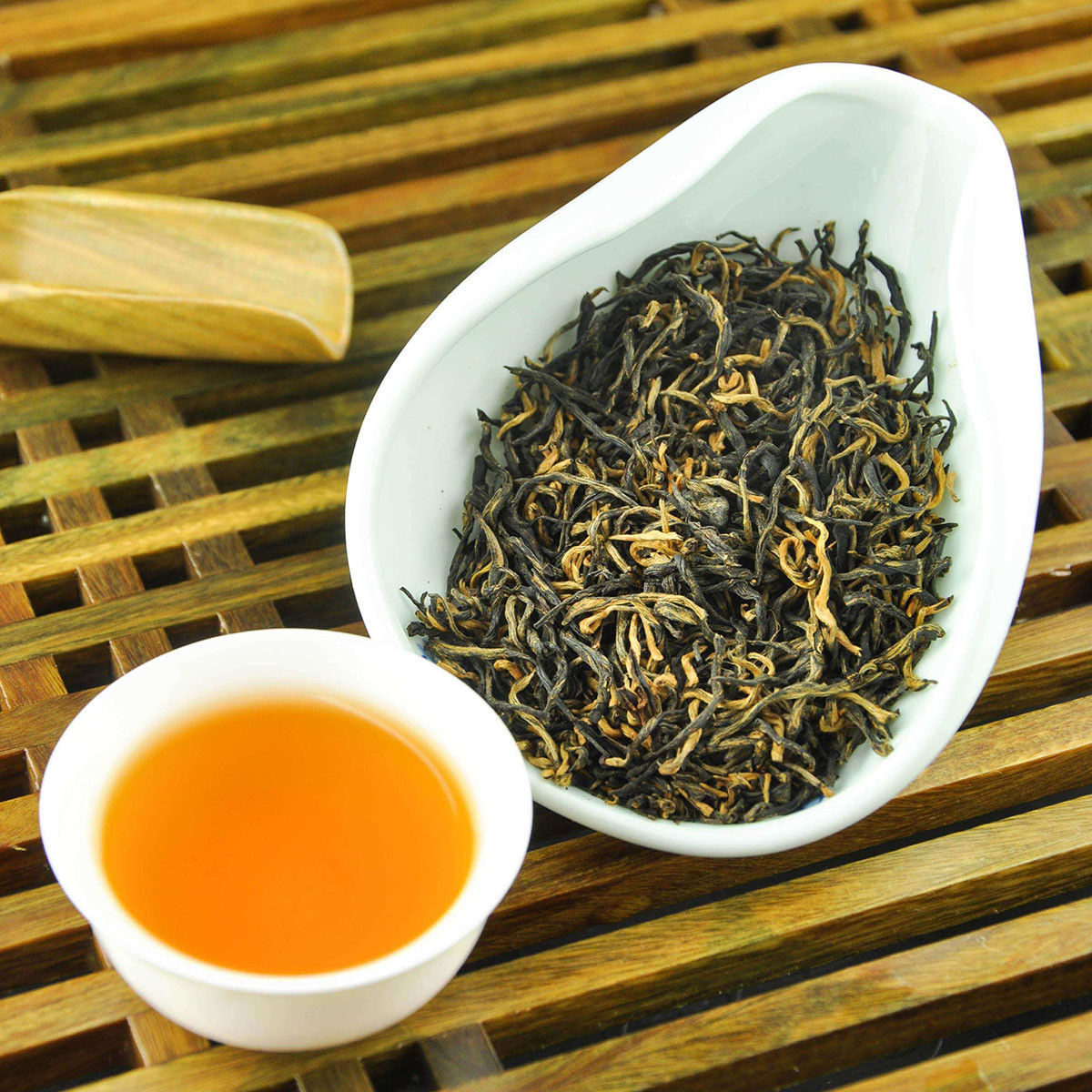
Gelber Tee (Gelbtee) ist eine Teesorte, die von ihrem Fermentationsgrad (max. 20 %) zwischen weißem Tee und Oolongtee einzuordnen ist. Seine Sortenvielfalt ist sehr begrenzt, die verfügbaren Mengen gering. Der Tee ist reich an Vitaminen, Antioxidantien und Koffein. Wie auch andere schwach fermentierte Tees fördert er die Magensaftproduktion und wirkt deshalb verdauungsfördernd.[1]
黄茶(きちゃ、ホァンチャ/ファンチャ)は中国茶の一種。
通常の中国緑茶とは異なる加熱処理を行うことと、その後牛皮紙に包み悶黄と呼ばれる熟成工程を経て作られることが製造工程における特徴である。黄茶の加熱処理は低い温度から始まり、徐々に温度を上げ、その後徐々に温度を下げる。この処理法によって、茶葉の持つ酵素による酸化発酵が起こる。中国緑茶の場合、最初から高温に熱した釜に茶葉を投入するため、上記の酸化発酵は(一部、萎凋を施す緑茶はあるが[1])基本的には起こらない。黒茶以外で発酵と呼ばれる青茶は、施される工程と発酵の度合いこそ違えど、酵素による酸化発による酵茶であることは共通している。また、黒茶以外で論ずると、一部の緑茶で萎凋を施すことを勘定[1]すれば、この黄茶とは発酵茶の中では唯一萎凋を施さない種類といえる。
工程で中途半端に酸化発酵した茶葉は、次に悶黄と呼ばれる黄茶独特の熟成工程を経る。この悶黄と呼ばれる工程、微生物による発酵という俗説があるが、これは間違いである。悶黄には微生物は一切関与しない。高湿度高温の環境下茶葉内のポリフェノールを中心とする成分が非酵素的に酸化される[2]工程である。ポリフェノールおよび葉緑素(クロロフィル)は酸化されることで、緑から透明及び黄色へと変色する。これにより茶葉と水色がうっすらとした黄色になるため黄茶と呼ばれる。
代表的な黄茶として君山銀針、霍山黄芽、蒙頂黄芽などが挙げられる。黄茶は清朝皇帝も愛飲したといわれ、中国茶の中でももっとも希少価値が高い。100グラム1万円を超えるものも決して珍しくはない。
Yellow tea can refer to Chinese huángchá (黄茶; 黃茶) and Korean hwangcha (황차; 黃茶).It is an increasingly rare and expensive variety of tea.[3]:58 The process for making yellow tea is similar to that of green but with an added step of encasing and steaming the tea. This allows the tea to oxidize at a slower rate, producing a far more mellow taste than is found in most green teas [4]; this also gives the leaves a slightly yellow colouring during the drying process.[3]:32[4] Yellow tea is often placed in the same category with green tea due to its light oxidation. One of the primary aims of making yellow tea is to remove the characteristic grassy smell of green tea while preserving the associated health qualities of green tea. Some have even speculated that yellow tea may be healthier because it is easier on the stomach than green tea.[5]
Un thé jaune (en Chinois: 黃茶; pinyin: huángchá) est un thé vert chinois qui a subi une phase de fermentation post-enzymatique. Les thés verts de grande qualité sont parfois aussi appelés thé jaune. A la suite de la cueillette, les feuilles de thé sont fermentées à l'étouffée (environ 50°C) avant d'être flétries et torréfiées. Après cette torréfaction et un roulage, les feuilles couvertes d'un tissu humide sont entassées en petits tas, pendant plus de vingt heures, à un degré d'humidité situé entre 80 et 90 %. Elles demeurent ainsi jusqu'à ce qu'elles s'oxydent. Elles subissent ensuite une brève dessiccation.
Il tè giallo (in cinese 黃茶T, 黄茶S, huángcháP; in coreano 황차?, hwangchaLR) è una pregiata variante del tè ottenuta con una parziale ossidazione enzimatica delle foglie della Camellia sinensis.
Dopo la torrefazione e una lieve pressatura, le foglie vengono raccolte in cumuli di piccole dimensioni e coperte con un panno umido, poi sono lasciate per venti ore a un tasso di umidità compreso tra 80 e 90%. Esse rimangono così fino a quando si ossidano, quindi vengono sottoposte ad una breve asciugatura.
La preparazione della bevanda si effettua per infusione, con le stesse modalità del tè verde.
Un altro uso dell'espressione "tè giallo" è per indicare i tè verdi più pregiati.
El té amarillo (en chino: 黃茶, pinyin: huángchá) suele ser un té especial procesado de forma parecida al té verde, pero con una fase de secado más corta, en la que las hojas húmedas se dejan reposar y amarillean. Este té tiene por lo general una apariencia y olor diferentes a los del té blanco o verde. El aroma se confunde a veces con el del té negro si se cura con otras hierbas, pero su sabor sigue siendo similar al del té blanco y el verde.
El término, sin embargo, también alude a los tés de alta calidad servidos en la Corte Imperial, aunque en realidad puede aplicarse a cualquier té servido en ella.
Жёлтый чай — вид чая, подвергшийся слабой ферментации (окислению). Жёлтый чай по классификации по степени ферментации стоит на третьем месте после зелёного, примерно 7—10 % ферментации.
Жёлтый чай изготавливается из сырья высокого качества, исключительно в Китае, в провинциях Сычуань, Хунань, Чжецзян, Фуцзянь. Считается императорским чаем, очень долгое время жёлтый чай тщательно оберегался от иностранцев, за разглашение его тайн строго карали. Известен с эпохи Тан (VIII век н. э.). Долгое время был привилегией только императора и высшей знати.
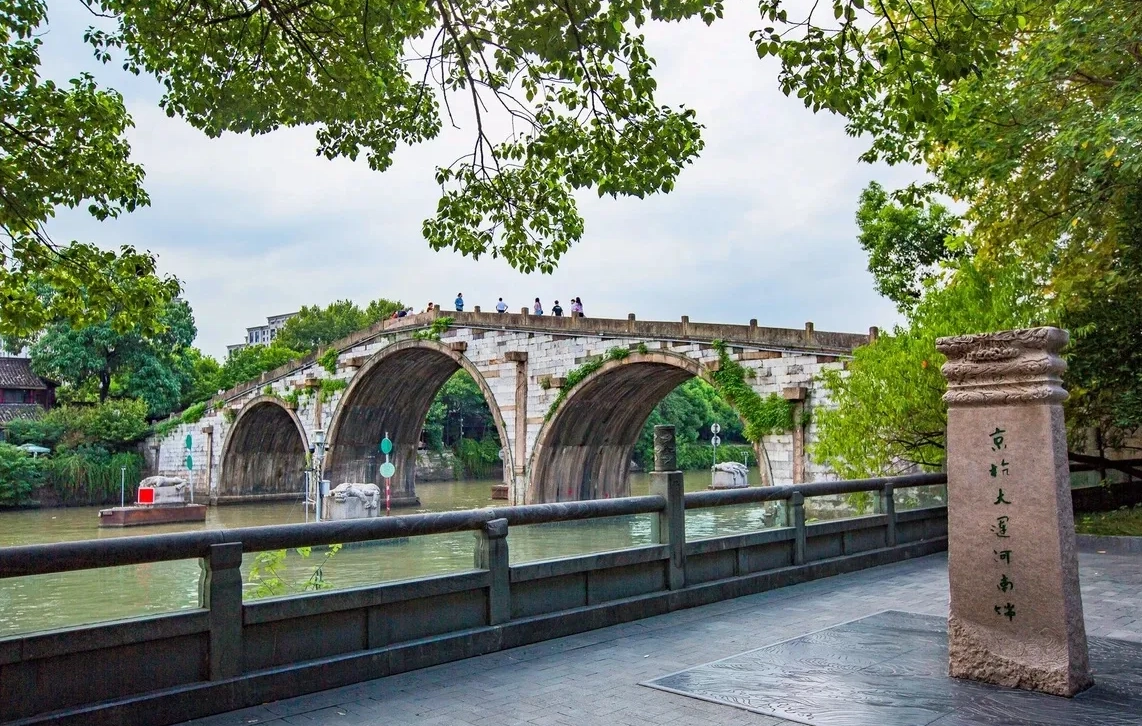
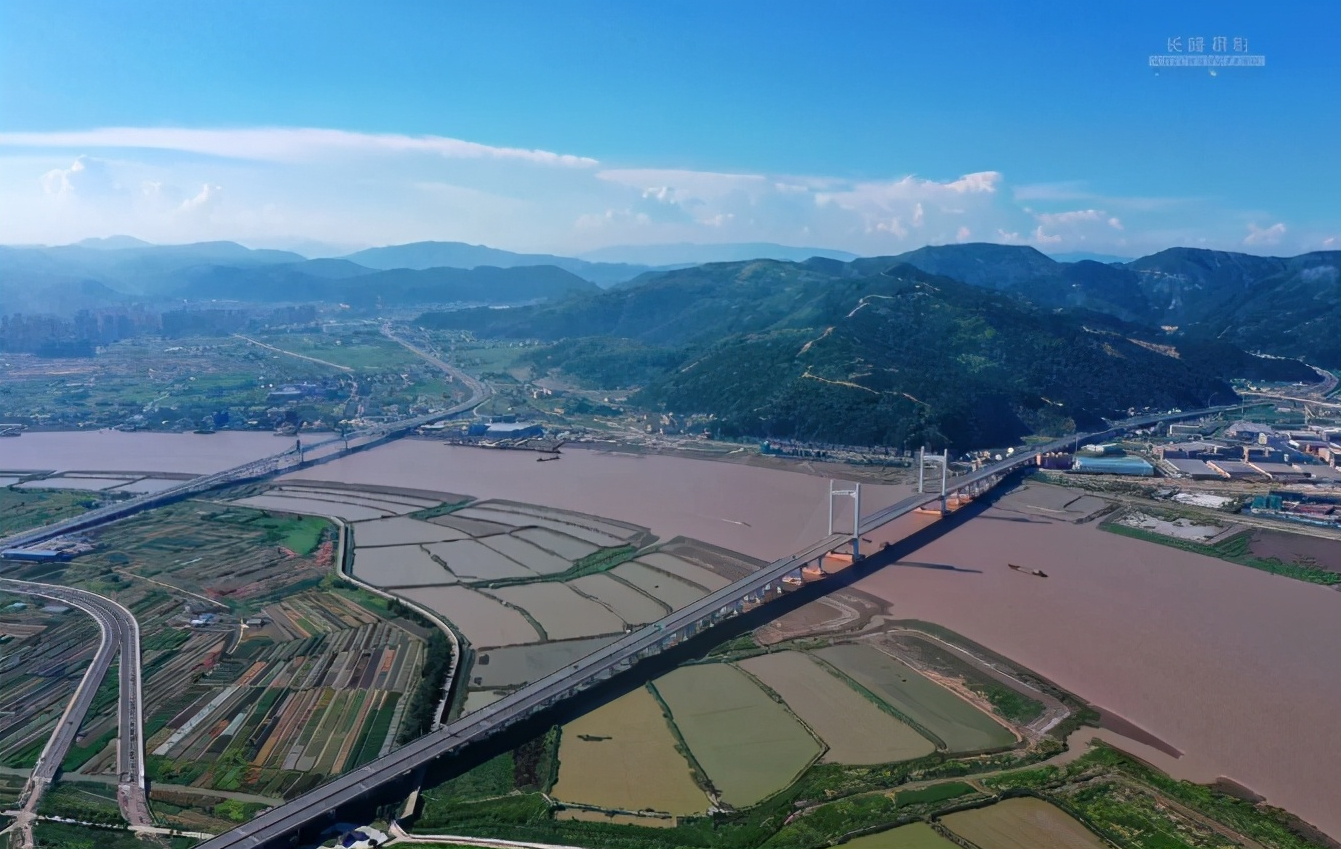
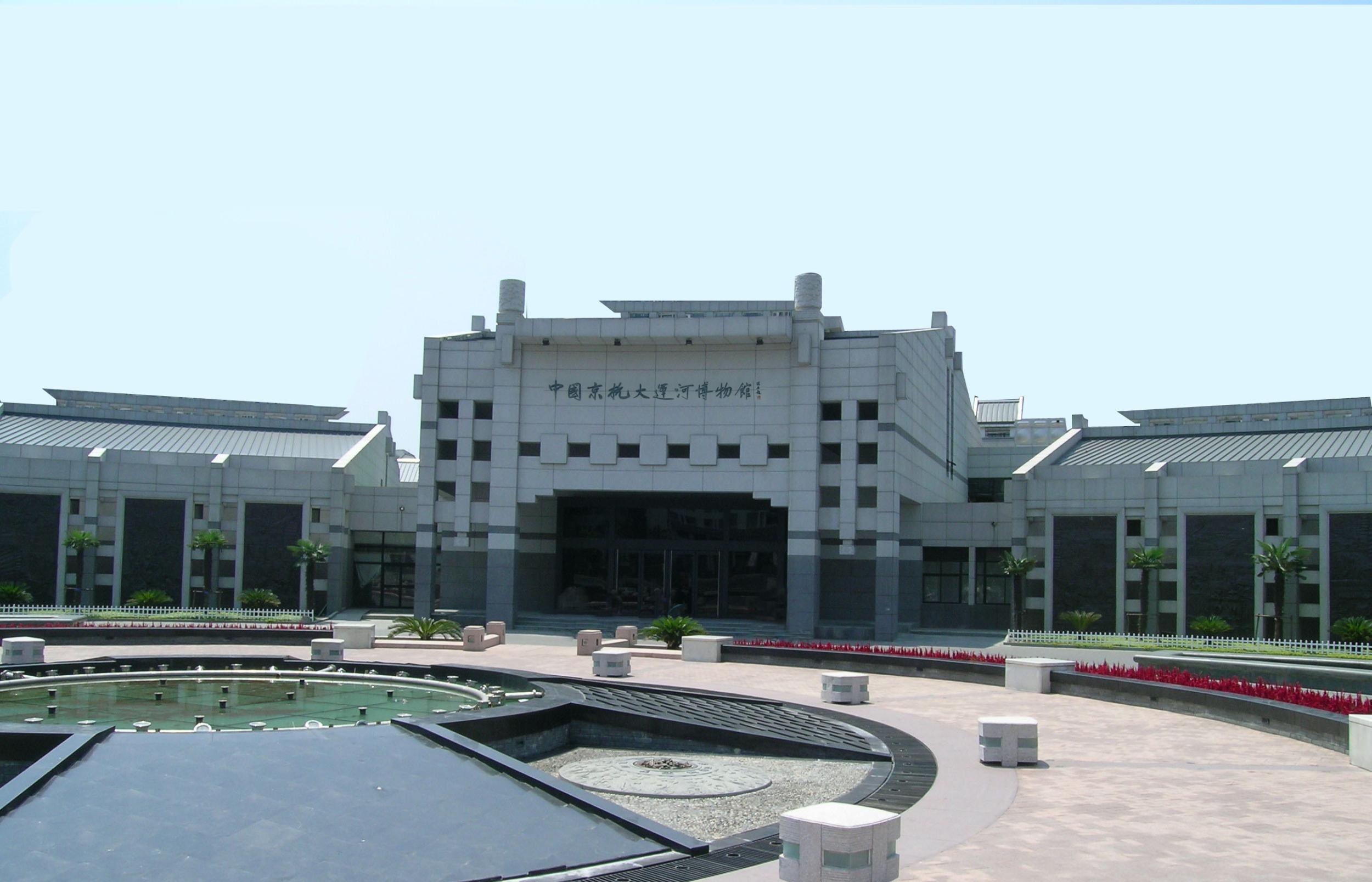
 Anhui Sheng-AH
Anhui Sheng-AH
 China
China
 Fujian Sheng-FJ
Fujian Sheng-FJ
 Grüntee
Grüntee
 Guangxi Zhuangzu Zizhiqu-GX
Guangxi Zhuangzu Zizhiqu-GX
 Guizhou Sheng-GZ
Guizhou Sheng-GZ
 Henan Sheng-HA
Henan Sheng-HA
 Hubei Sheng-HB
Hubei Sheng-HB
 Hunan Sheng-HN
Hunan Sheng-HN
 Jiangsu Sheng-JS
Jiangsu Sheng-JS
 Jiangxi Sheng-JX
Jiangxi Sheng-JX
 Shaanxi Sheng-SN
Shaanxi Sheng-SN
 Sichuan Sheng-SC
Sichuan Sheng-SC
 Zhejiang Sheng-ZJ
Zhejiang Sheng-ZJ
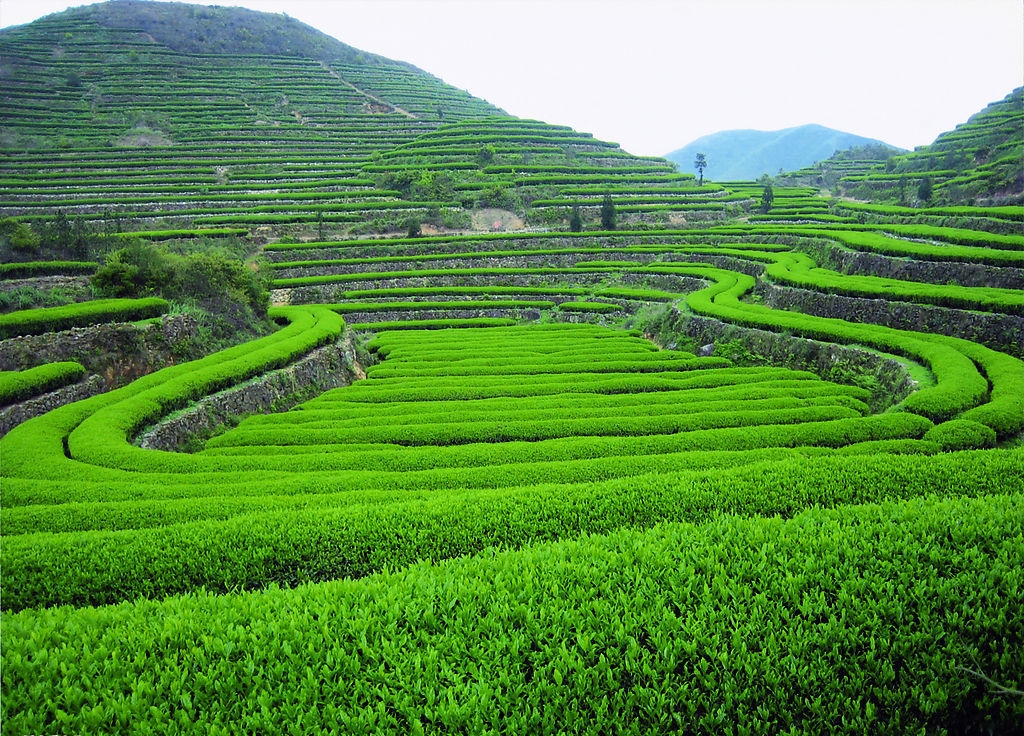
绿茶是茶叶的一种。经过杀青、揉捻、干燥,大部分白毫脱落,热水浸泡后依种类呈淡绿色至黄绿色的茶汤。绿茶通过杀青工艺的不同可分为四种:炒青茶、蒸青茶、烘青茶、晒青茶。中国大陆与台湾在绿茶制作上以炒青为主;日本制作绿茶的方式则以蒸青为主。
炒青即将茶叶鲜叶在摄氏120度左右的铁锅中翻炒,使其水分散失,使其变得绵软,以便做形。传统工艺为徒手翻炒,来到现代为机械翻炒。绿茶没有焙火工序,所以可以称为生茶。[1]
中国大陆大部分名茶为绿茶,如 产于杭州西湖龙井、苏州洞庭山碧螺春、秦岭山脉北麓的紫阳富硒毛尖、汉中仙毫等。在清明之前,茶树刚发芽时采摘的,为“明前茶”也称为“莲心”或“银针”;在谷雨前采摘的,为“雨前茶”,茶叶已展开,也称为“旗枪”;在立夏前采摘的为“三春茶”,已经有两片叶展开,也称为“雀舌”;立夏后再采摘,叶片已变厚,为“四春茶”,也可称做“梗片”。
Grüntee wird aus den gleichen Pflanzen wie Schwarztee hergestellt; erst der Verarbeitungsprozess lässt den Unterschied entstehen.
Bei der Grünteeherstellung ist besondere Sorgfalt und Schnelligkeit gefragt, damit die Teeblätter nach der Ernte nicht oxidieren und so zu Schwarztee werden würden.
Daher werden sie sofort nach dem Pflücken entweder im Wasserdampf blanchiert - die japanische Methode - oder sie werden über Feuer getrocknet, wie es in China üblich ist.
Damit Ihr Grüntee gelingt, sollten Sie ihn niemals mit kochendem sondern stets mit etwas abgekühltem Wasser zubereiten. Außerdem ist er ergiebiger als schwarzer Tee, so dass Sie weniger Teeblätter benötigen.
Sollte der Tee Ihnen zu grasig oder spinatig sein, sollten Sie kühleres Wasser und etwas weniger Teeblätter verwenden. Weitere Tipps finden Sie bei unseren Zubereitungshinweisen.
(Quelle:http://www.teespeicher.de/Gruentee1.html)
Grüner Tee oder Grüntee (japanisch 緑茶 ryokucha, chinesisch 綠茶 / 绿茶, Pinyin lǜchá) ist eine Variante, Tee herzustellen. Die Teeblätter werden im Gegensatz zu schwarzem Tee nicht fermentiert. Wegen der anderen Verarbeitung werden für grünen Tee eher die Blätter von Camellia sinensis gegenüber der Varietät assamica bevorzugt, da sich die kleinblättrige, zartere Sorte besser eignet. Grüner Tee unterscheidet sich von schwarzem Tee unter anderem in der Zubereitung, im Geschmack, den Inhaltsstoffen und Wirkungen des Aufgusses.
緑茶(りょくちゃ 拼音: )は、チャノキの葉から作った茶のうち、摘み取った茶葉を加熱処理して発酵を妨げたもの。もしくはそれに湯を注ぎ、成分を抽出した飲料のこと。
日本においては日本茶と同意に使われることが多い。日本茶(煎茶、ほうじ茶、抹茶など)はその多くが緑茶であり、日本でもっとも良く飲まれている茶である。中国茶もジャスミン茶として飲まれるものを含め緑茶に分類される物が主流で、中国や台湾で最も飲まれているのも緑茶である。烏龍茶やプーアル茶などは比較的特殊な部類に入り、産地を離れると余り飲まれず、日本人にとっての玉露や抹茶のような扱いになる。
日本では寿司や菓子とともに、あるいは食後に熱い茶を飲むのが一般的だった。近年、ペットボトル入りの緑茶の普及と健康志向の高まりで、水やジュースなどと同じ感覚で屋外や運動中に冷えた茶を飲む例が増えている。飲料メーカーは「ノンカロリー」「カテキン効果」などを宣伝文句に販売し、欧米やアジア諸国でも緑茶ブームが起きている。また、静岡では焼酎などを緑茶で割って「お茶割り」という名前で飲むことがあり、これを「静岡割り」として普及させようという動きもある。
Green tea is a type of tea that is made from Camellia sinensis leaves that have not undergone the same withering and oxidation process used to make oolong teas and black teas.[1] Green tea originated in China, but its production and manufacture has spread to many other countries in Asia.
Several varieties of green tea exist, which differ substantially based on the variety of C. sinensis used, growing conditions, horticultural methods, production processing, and time of harvest. Although there has been considerable research on the possible health effects of consuming green tea regularly, there is little evidence that drinking green tea has any effects on health.[2]
Un thé vert, en chinois simplifié : 绿茶 ; chinois traditionnel : 綠茶 ; pinyin : , et en japonais 緑茶 (Ryokucha) est un thé dont l'oxydation naturelle est rapidement stoppée après la cueillette. Il en résulte un thé non-oxydé maximisant ainsi sa teneur en EGCG et autres catéchines. Le thé vert contient également une concentration importante de L-théanine et une concentration de caféine inférieure à celle du thé noir. Une fois infusé, il peut être consommé chaud ou froid.
L'arrêt de l'oxydation des feuilles de thé, moment clé dans la production du thé vert, peut être obtenu selon deux méthodes : la méthode chinoise, dans laquelle les feuilles sont chauffées dans des cuves, et la méthode japonaise. Les thés produits selon la méthode japonaise1 bénéficient d'un arrêt de l'oxydation à la vapeur ce qui préserve davantage les propriétés des feuilles de thé qu'avec la méthode chinoise2. Ces thés de qualité se reconnaissent à la couleur foncée de leurs feuilles, à leur odeur d'algues une fois infusés et à leur goût herbacé et iodé. De nombreux producteurs, notamment au Japon3,4, se tournent aujourd'hui vers une production de thés verts conforme aux exigences de l'agriculture biologique.
Le thé vert est le thé le plus consommé en Chine, en Corée et au Japon. Il se répand aujourd'hui de plus en plus en Occident, où l'on boit traditionnellement plutôt du thé noir. Les différents terroirs, cultivars utilisés et modes de culture permettent d'obtenir des thés verts très différents. Si le sencha est le thé quotidien des Japonais, lors de la cérémonie du thé japonaise c'est du matcha, une poudre de thé vert broyé, qui est utilisé. Le matcha est désormais incorporé dans des pâtisseries et est l'ingrédient de base du matcha latte et du matcha frappé. Les thés verts les plus prestigieux comme le gyokuro (Japon) ou le long jing (Zhejiang, Chine) peuvent atteindre des prix importants sur le marché. Le thé vert intervient également dans la production de thé aromatisé comme le genmaicha qui lui associe du riz ou le gunpowder, qui est l'ingrédient de base du thé à la menthe.
Il tè verde (in cinese 綠茶T, 绿茶S, lǜcháP; in coreano 녹차?, nokchaLR, in giapponese: 緑茶 ryokucha?, in vietnamita Trà xanh) è una variante del tè ottenuta con foglie di Camellia sinensis (o Thea chinensis) che durante la lavorazione non devono subire alcuna ossidazione. Di origini cinesi come tutti i tè, per secoli è stato consumato in varie regioni asiatiche, dal Giappone al Medio Oriente. Negli ultimi anni ha trovato la sua diffusione anche in Occidente, dove per tradizione si consuma per lo più tè nero (più correttamente, rosso). A livello globale è la seconda varietà di tè più diffusa: dei 2,5 milioni di tonnellate di tè che si producono a livello mondiale, il 20% è rappresentato da tè verde (il 78% da tè nero, il 2% da tè blu).[1]
El té verde (chino tradicional: 綠茶, chino simplificado: 绿茶, pinyin: Lǜ chá) es un tipo de té Camellia sinensis que no ha sufrido una oxidación durante su procesado, a diferencia del té negro, ya que las hojas se recogen frescas y después de someterse al secado, se prensan, enrollan, trituran y finalmente se secan. El té verde supone entre una cuarta y una quinta parte del total de té producido mundialmente. Los principales países productores de té verde son China, Japón y Vietnam.1Se ha hecho más popular en Occidente, que tradicionalmente toma té negro.
Зелёный чай — чай, подвергнутый минимальной ферментации (окислению).
И зелёный, и чёрный чай получают из листьев одного и того же чайного куста, однако различными способами. Зелёный чай предварительно часто фиксируется паром температуры 170—180 °C; окисление продолжается не более двух дней, после чего обычно прекращается нагревом (традиционно в горшках, как принято в Китае, или под паром, как принято в Японии) или вообще не проводится. Чай оказывается окислен на 3—12 %.
Многочисленные восточноазиатские сорта зелёного чая обладают заметными различиями, обусловленными условиями выращивания, сбора и обработки чайных листьев[1]. Зелёный чай происходит из Китая[2] и традиционно популярен в Азии (в Японии, Корее, на Ближнем Востоке). В более западных странах, где традиционно преобладает чёрный чай, рост популярности зелёного чая пришёлся на конец XX века.
 Argentina
Argentina
 Australia
Australia
 Brazil
Brazil
 China
China
 Germany
Germany
 England
England

 European Union
European Union
 France
France

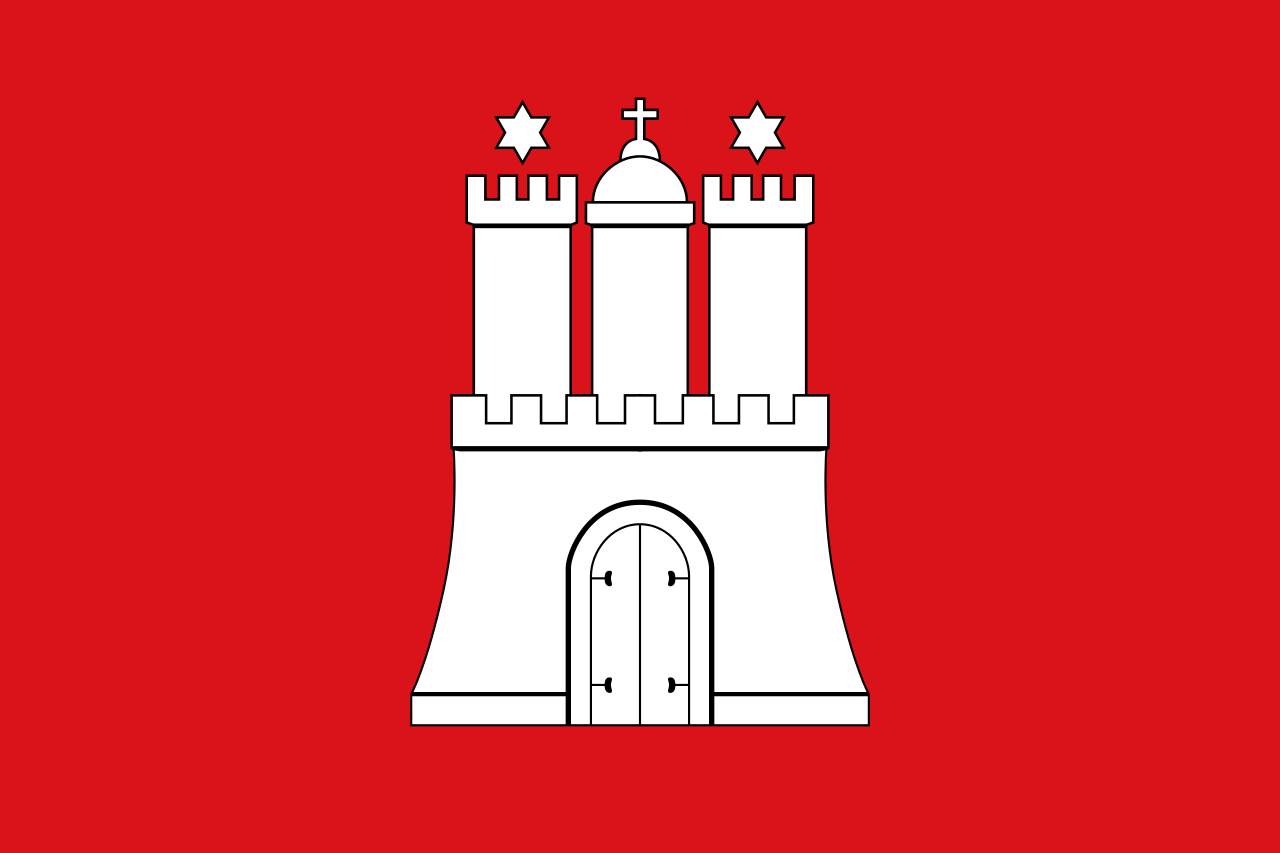 Hamburg
Hamburg

 Hand in Hand
Hand in Hand
 India
India
 Indonesia
Indonesia
 Italy
Italy
 Japan
Japan
 Canada
Canada
 Mexico
Mexico

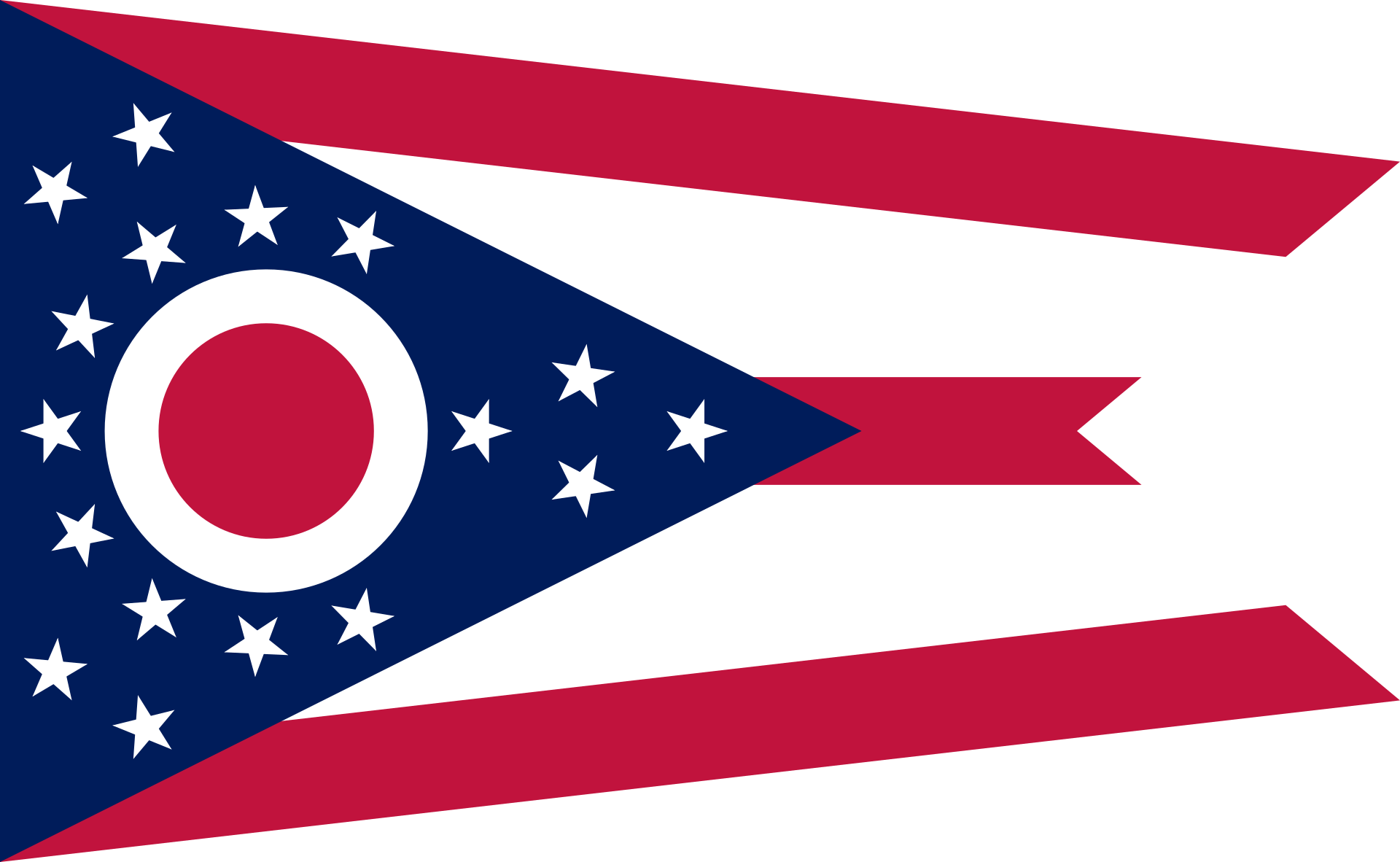 Ohio-OH
Ohio-OH

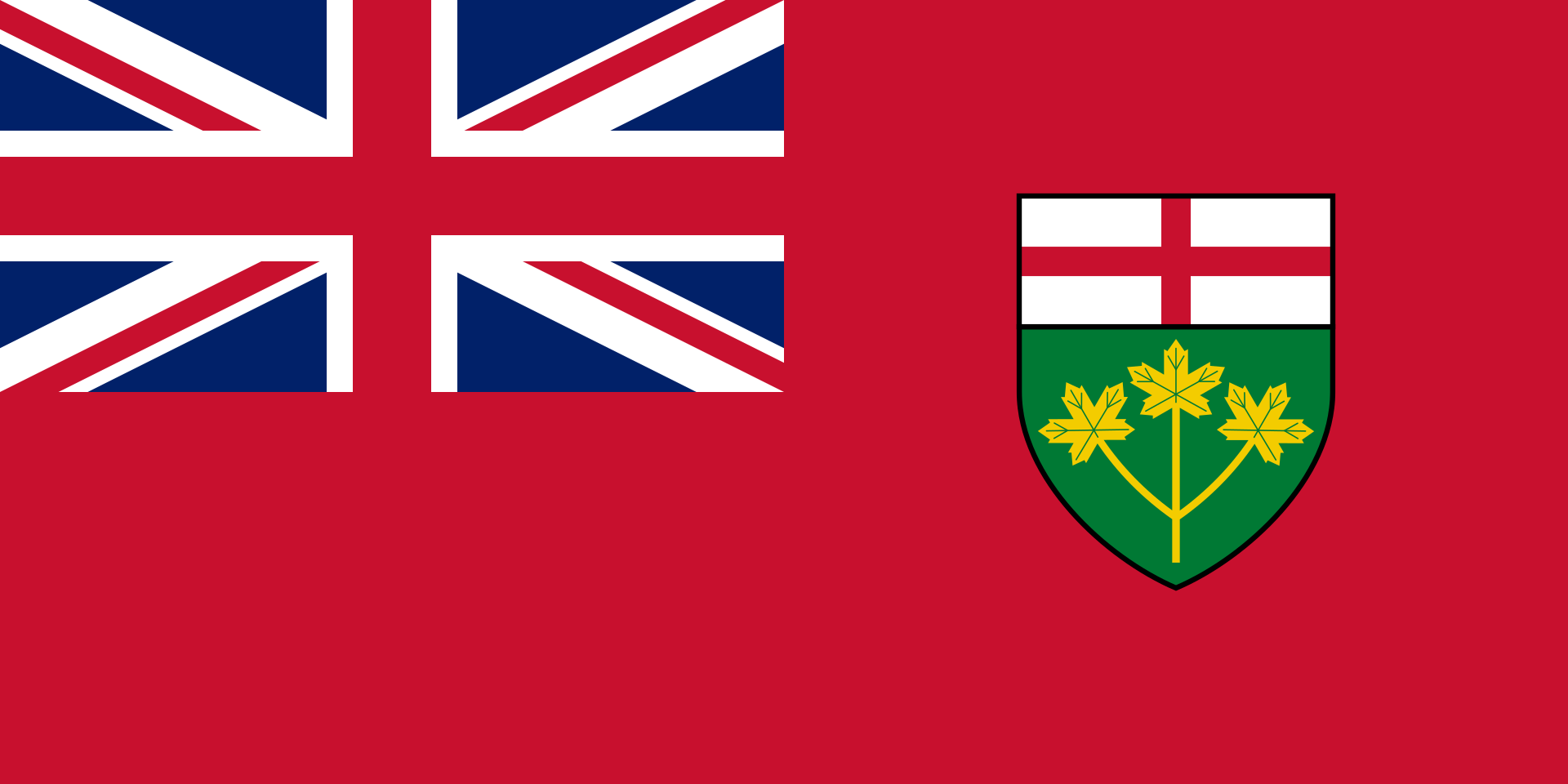 Ontario-ON
Ontario-ON

 Party and government
Party and government

 Party and government
Party and government
 Group of the twenty most important industrial and emerging countries
Group of the twenty most important industrial and emerging countries

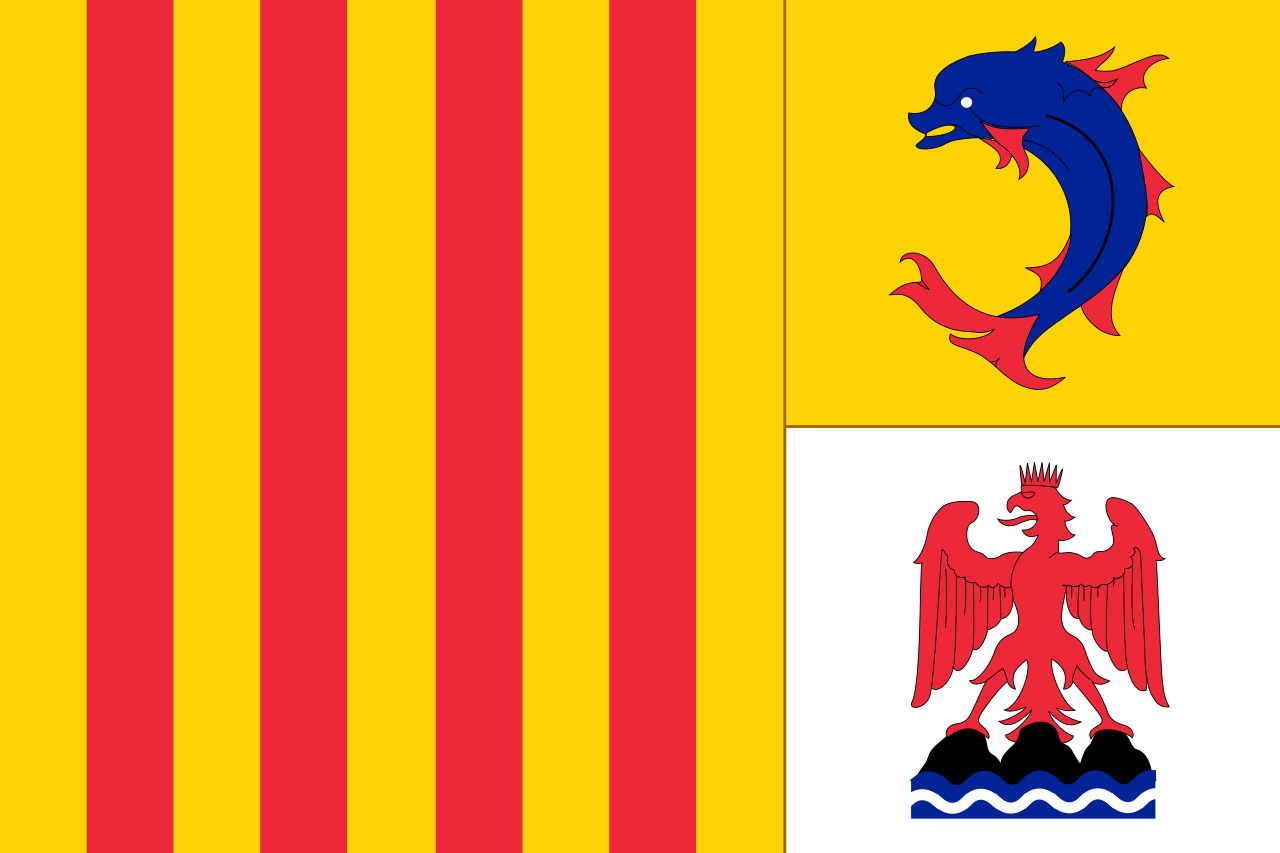 Provence-Alpes-Côte d´Azur
Provence-Alpes-Côte d´Azur

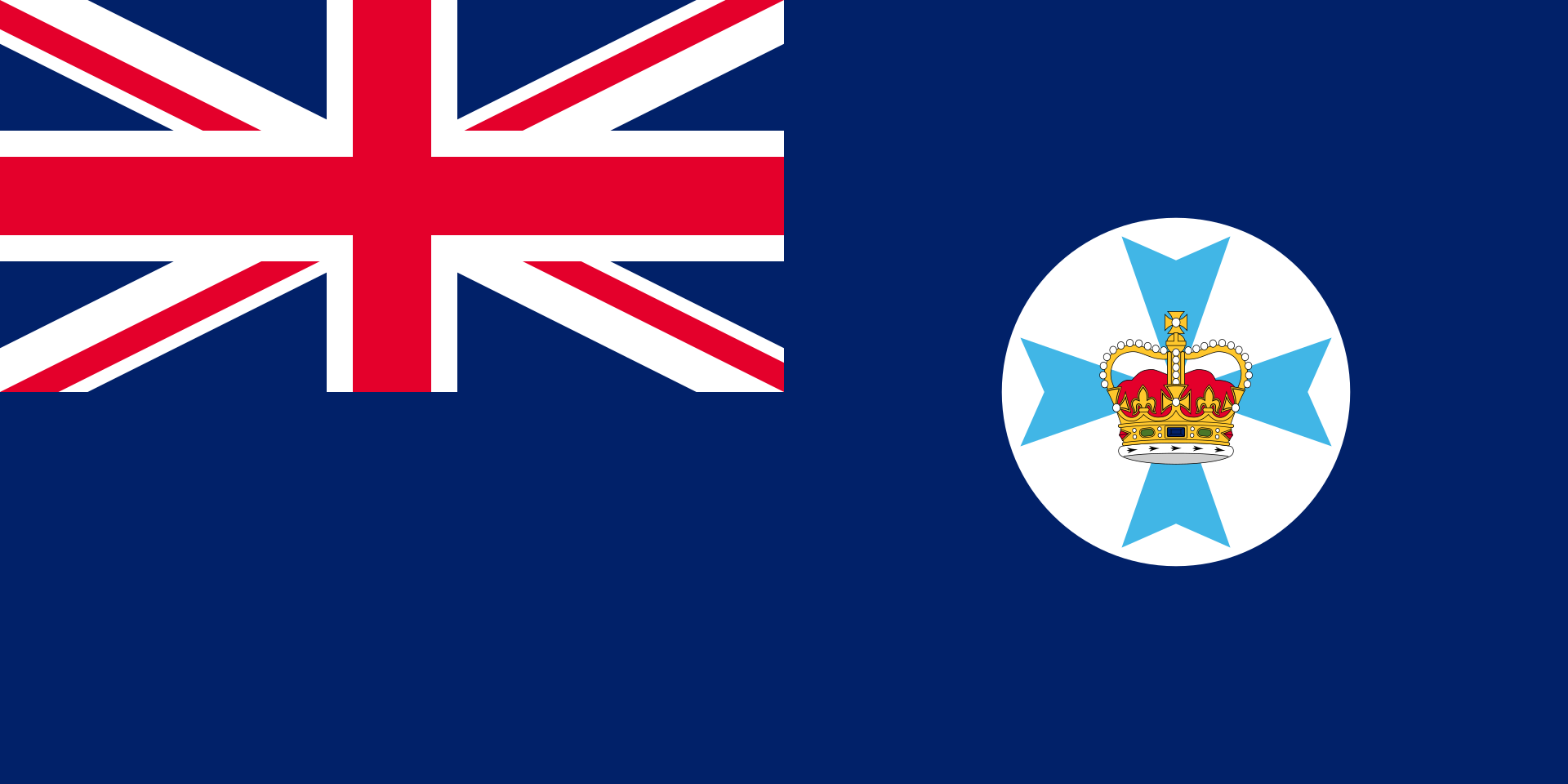 Queensland-QLD
Queensland-QLD
 Republic of Korea
Republic of Korea
 Russia
Russia
 Saudi Arabia
Saudi Arabia
 South Africa
South Africa
 Turkey
Turkey
 United States
United States
 United Kingdom
United Kingdom

 Washington, D.C.
Washington, D.C.
 Zhejiang Sheng-ZJ
Zhejiang Sheng-ZJ

20国集团(G20)是一个国际经济合作论坛,于1999年9月25日由八国集团的财长在华盛顿宣布成立,属于布雷顿森林体系框架内非正式对话的一种机制,由原八国集团以及其余十二个重要经济体组成。该组织的宗旨是为推动已工业化的发达国家和新兴市场国家之间就实质性问题进行开放及有建设性的讨论和研究,以寻求合作并促进国际金融稳定和经济的持续增长,按照以往惯例,国际货币基金组织与世界银行列席该组织的会议。20国集团成员涵盖面广,代表性强,该集团的GDP占全球经济的90%,贸易额占全球的80%,因此已取代G8成为全球经济合作的主要论坛。 二十国集团(英语:Group of Twenty,缩写:G20)是一个国际经济合作论坛,于1999年12月16日在德国柏林成立,属于布雷顿森林体系框架内对话的一种机制,由七国集团(加拿大、美国、英国、法国、德国、意大利、日本),金砖五国(巴西、俄罗斯、印度、中国、南非),七个重要经济体(墨西哥、阿根廷、土耳其、沙特阿拉伯、韩国、印度尼西亚、澳大利亚),以及欧洲联盟组成。按照惯例,国际货币基金组织与世界银行列席该组织的会议。
Die G20 (Abkürzung für Gruppe der zwanzig wichtigsten Industrie- und Schwellenländer) ist ein seit 1999 bestehender informeller Zusammenschluss aus 19 Staaten und der Europäischen Union. Sie soll als Forum für die Kooperation und Konsultation in Fragen des internationalen Finanzsystems dienen.
An den Treffen der G20 nehmen die Staats- und Regierungschefs der G20 Länder, die Finanzminister und Zentralbankchefs der G8 und elf weiterer Staaten, darunter die O-5, sowie die EU-Präsidentschaft (wenn diese zu diesem Zeitpunkt nicht von einem G8-Staat geführt wird), der Präsident der Europäischen Zentralbank, der Geschäftsführende Direktor (Managing Director) des Internationalen Währungsfonds, der Vorsitzende des Internationalen Währungs- und Finanzausschusses (IMFC), der Präsident der Weltbank und der Vorsitzende des Development Committees von Weltbank und Internationalem Währungsfonds teil.
G20(ジートゥエンティ)は、"Group of Twenty"の略で、主要国首脳会議(G7)に参加する7か国、EU、ロシア、および新興国11か国の計20か国・地域からなるグループである。
構成国・地域は、アメリカ合衆国、イギリス、フランス、ドイツ、日本、イタリア、カナダ、EU、ロシア、中華人民共和国、インド、ブラジル、メキシコ、南アフリカ共和国、オーストラリア、大韓民国、インドネシア、サウジアラビア、トルコ、アルゼンチンである。20か国・地域首脳会合(G20首脳会合)および20か国・地域財務大臣・中央銀行総裁会議(G20財務相・中央銀行総裁会議)を開催している。主要20か国・地域[1][2]とも言い、日本の放送局であるNHKでは、先進国会合であるG7と区別して、先進国に新興国を加えた主要20か国[3]と表現している。
The G20 (or Group of Twenty) is an international forum for the governments and central bank governors from 19 countries and the European Union (EU). Founded in 1999 with the aim to discuss policy pertaining to the promotion of international financial stability,[3] the G20 has expanded its agenda since 2008 and heads of government or heads of state, as well as finance ministers, foreign ministers and think tanks[4], have periodically conferred at summits ever since. It seeks to address issues that go beyond the responsibilities of any one organization.[3]
Membership of the G20 consists of 19 individual countries plus the European Union. The EU is represented by the European Commission and by the European Central Bank. Collectively, the G20 economies account for around 90%[5] of the gross world product (GWP), 80% of world trade (or, if excluding EU intra-trade, 75%), two-thirds of the world population,[2] and approximately half of the world land area.
With the G20 growing in stature[6] after its inaugural leaders' summit in 2008, its leaders announced on 25 September 2009 that the group would replace the G8 as the main economic council of wealthy nations.[7] Since its inception, the G20's membership policies have been criticized by some intellectuals,[8][9] and its summits have been a focus for major protests.[10][11]
The heads of the G20 nations held summits twice in 2009 and twice in 2010. Since the November 2011 Cannes summit, G20 summits have been held annually.[12]
Le Groupe des vingt (G20) est un groupe composé de dix-neuf pays et de l'Union européenne dont les ministres, les chefs des banques centrales et les chefs d'État se réunissent annuellement. Il a été créé en 1999, après la succession de crises financières dans les années 19901. Il vise à favoriser la concertation internationale, en intégrant le principe d'un dialogue élargi tenant compte du poids économique croissant pris par un certain nombre de pays. Le G20 représente 85 % du commerce mondial, les deux tiers de la population mondiale et plus de 90 % du produit mondial brut (somme des PIB de tous les pays du monde)1. Le 15 novembre 2008, pour la première fois de son histoire, les chefs d'État ou de gouvernement se sont réunis. Le G20 se décline sous trois formes : les G20 regroupant des chefs d'État et de gouvernement, les G20 finance regroupant les ministres des finances et les gouverneurs des banques centrales et, depuis les 20-21 avril 2010, des G20 sociaux, réunissant les ministres de l'emploi.
Il Gruppo dei 20 (o G20) è un forum dei leader, dei ministri delle finanze e dei governatori delle banche centrali, creato nel 1999, dopo una successione di crisi finanziarie per favorire l'internazionalità economica e la concertazione tenendo conto delle nuove economie in sviluppo. Di esso fanno parte i 19 paesi più industrializzati (quelli del G8 in primis) con l'eccezione di Spagna e Paesi Bassi (sono presenti invece Argentina e Sudafrica). È presente, inoltre, l'Unione europea.
Il G20 rappresenta i due terzi del commercio e della popolazione mondiale, oltre all'80% del PIL mondiale. Sono presenti anche alcune tra le maggiori organizzazioni internazionali.
El Grupo de los 20 (numerónimo: G-20) es un foro cuyos miembros permanentes son 19 países de todos los continentes (Alemania, Arabia Saudita, Argentina, Australia, Brasil, Canadá, China, Corea del Sur, Estados Unidos, Francia, India, Indonesia, Italia, Japón, México, Reino Unido, Rusia, Sudáfrica, Turquía y la Unión Europea).1
Es el principal espacio de deliberación política y económica del mundo.1 En conjunto las entidades políticas representadas en el G20 reúnen el 66 % de la población mundial y el 85 % del producto bruto mundial.1.
El G-20 cuenta además con 14 organizaciones internacionales socias, cuyas presidencias también integran el foro:2
- Mundiales (7): Naciones Unidas (ONU), Fondo Monetario Internacional (FMI), Banco Mundial, Consejo de Estabilidad Financiera (FSB), Organización Internacional del Trabajo (OIT), Organización Mundial de Comercio (OMC) y Organización Mundial de la Salud (OMS)
- Regionales (7): Asociación de Naciones del Sudeste Asiático (ASEAN), Unión Africana, Nueva Alianza para el Desarrollo de África (NEPAD), Comunidad del Caribe (CARICOM), Banco Interamericano de Desarrollo (BID), Banco de Desarrollo de América Latina (CAF) y Organización para la Cooperación y el Desarrollo Económico (OCDE)
El G-20 surgió en dos etapas. Primero en 1999, como un grupo de segundo nivel de autoridades económicas y financieras, y luego como un grupo de primer nivel en 2008, como consecuencia de la crisis mundial que estalló ese año, al constituirse como Cumbre de Jefes de Estado, desplazando al G-8 y al G8+5 como foro de discusión de la economía mundial.3
La instancia más importante del G20 es la Cumbre de Jefes de Estado, denominada Cumbre de Líderes, que se reúne una vez por año.4 El G20 cuenta con dos instancias gubernamentales de segundo nivel, denominadas canales de trabajo: el Canal de Finanzas que reúne a los ministros de Finanzas y presidentes de bancos centrales y el Canal de Sherpas, para tratar los temas no económicos.4
Complementariamente el G-20 cuenta con grupos de participación de la sociedad civil, llamados grupos de afinidad: Business 20 (B20) para empresarios, Civil 20 (C20) para ONGs, Labour 20 (L20) para sindicatos, Science 20 (S20) para científicos, Think 20 (T20) para institutos de investigación, Women 20 (W20) para organizaciones feministas y Youth 20 (Y20) para organizaciones juveniles.4
En 2019 la cumbre se realizó en Osaka Japón, correspondiendo la presidencia del grupo a su primer ministro, Shinzō Abe.
Больша́я двадца́тка (также G20, G-20 , Группа двадцати; официально — англ. The Group of Twenty, major advanced and emerging economies[1]) — клуб правительств и глав центральных банков государств с наиболее развитой и развивающейся экономикой[2].
В совокупности, G20 представляет 85 % мирового валового национального продукта, 75 % мировой торговли (включая торговлю внутри ЕС) и две трети населения мира[2].
Европейский союз представлен председателем Европейской комиссии и председателем Европейского совета[3]. Кроме того, обычно на встречах G20 присутствуют представители различных международных организаций, среди которых Совет по финансовой стабильности, Международный валютный фонд, Всемирная торговая организация, Африканский Союз, АСЕАН, Организация Объединённых Наций и Всемирный банк[2].
Группа 20 была создана в ответ на азиатский финансовый кризис конца 1990-х[2] и растущее сознание того, что страны с развивающейся рыночной экономикой не были адекватно представлены в мировых экономических обсуждениях и принятии решений. Переход от «большой семёрки» к формату G20 был ускорен из опасения катастрофы глобальной экономики в общемировой экономический кризис 2008 года[4]. До 2008 года группа не проводила саммитов на высшем уровне, её основной формой деятельности были ежегодные встречи на уровне министров финансов и глав центробанков. На сегодняшний день саммиты G20 являются глобальным форумом для сотрудничества и консультаций по вопросам, относящимся к международной финансово-экономической системе.
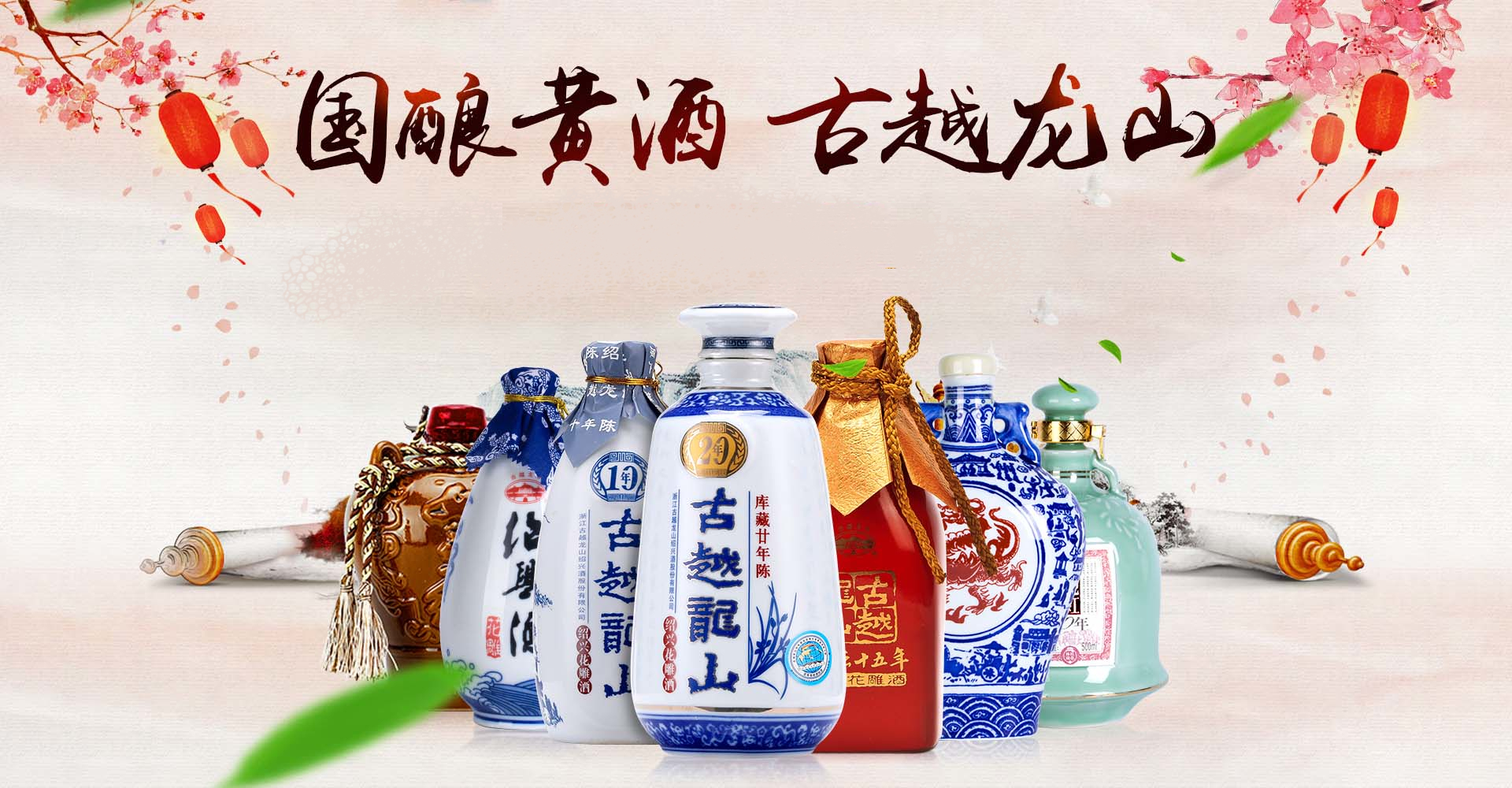



国清寺现存建筑为建于清早期的建筑为官式建筑,[2] 弥勒殿和雨华殿为单檐歇山顶,大雄宝殿为重檐歇山顶,三圣殿、罗汉堂和禅堂是典型的南方厅堂建筑,妙法堂、方丈楼和迎塔楼为中西合璧。寺依山就势,层层递高,按四条南北轴线布列六百多间古建筑,分为五条纵轴线,正中轴由南而北依次为弥勒殿、雨花殿、大雄宝殿、药师殿、观音殿;还有放生池、钟鼓楼、聚贤堂、方丈楼、三圣殿、妙法堂(上为藏经楼)伽蓝殿、罗汉堂、文物室等,大雄宝殿正中设明代铜铸释迦牟尼坐像[2]。西轴线为安养堂、三圣殿、罗汉堂(文物室)、妙法堂(楼上为藏经阁)。东一轴线为聚贤堂(僧众餐厅)、方丈楼、迎塔楼。东二轴线为里客堂、大彻堂和修竹轩。像背壁后,有以观音像为 中心的慈航普渡群塑,殿两侧列元代楠木雕刻的18罗汉坐像[2]。山门外各建筑物——隋塔、寒拾亭、“教观总持”照壁,丰干桥、“隋代古刹”照壁和国清寺山门, 它们顺地势安排,没有一个相互平行,也没有互相垂直,自自然然地散落各处,却显得和谐协调。[2]一进朝东的山门转入正中甬道,甬道两旁是仅高1.7米的黄色矮 墙,矮墙后面是茂密的竹林。构成一个拥有2.8万平方米建筑面积、达7.3万平方米、8000余间房屋的古建筑群。
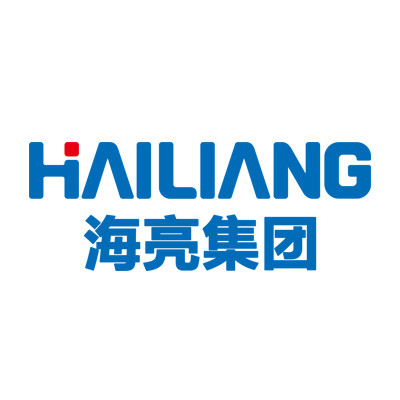
 Eat and Drink
Eat and Drink
 Architecture
Architecture
 Economy and trade
Economy and trade
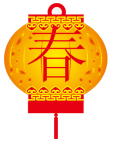 Spring Festival
Spring Festival
 History
History
 Religion
Religion
 Companies
Companies
 Energy resource
Energy resource